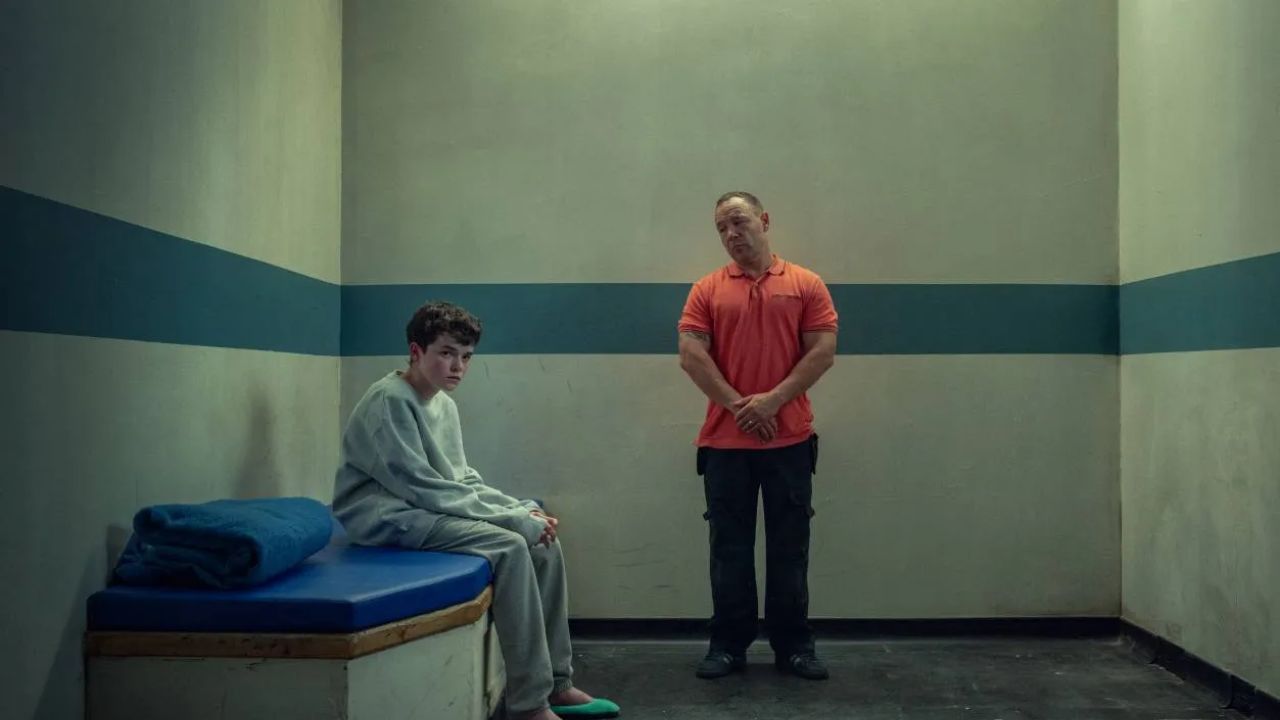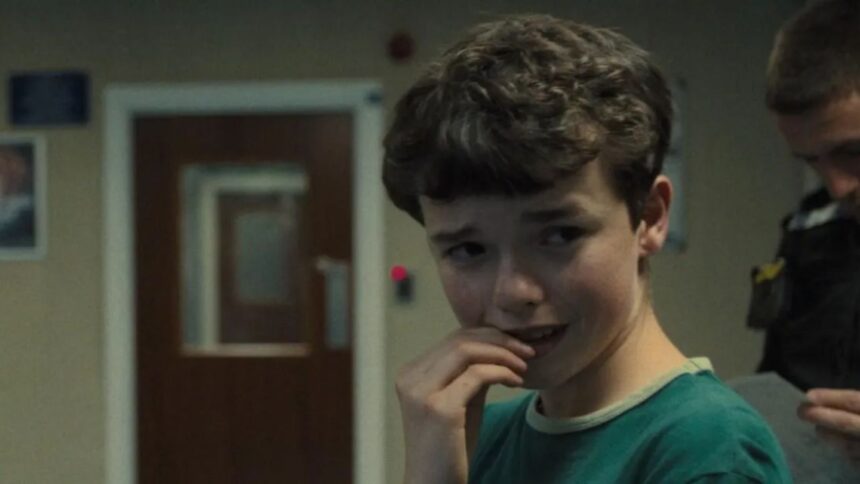Netflix’s latest gripping drama, “Adolescence,” has captivated audiences with its intense and visceral storytelling. The four-episode mini-series delves into the dark world of a teenage boy accused of a heinous crime, raising critical questions about the influences and pressures that shape adolescent behavior.
But is this chilling narrative based on true events? Let’s explore the inspiration behind the series, its plot, and the characters that bring this story to life.
The Inspiration Behind “Adolescence”
“Adolescence” is not based on a single true story but draws inspiration from a series of disturbing real-life events. Co-creator and star Stephen Graham revealed that the idea for the show came from several news reports of young boys involved in knife crimes and violence against women.

The increasing prevalence of such incidents in the UK, with a shocking 80% rise in knife crimes over the past decade, served as a stark reminder of the urgent need to address these issues .
Graham and co-creator Jack Thorne wanted to shine a light on the complex factors that contribute to such tragedies. They aimed to create a narrative that would resonate with viewers, prompting them to question the societal and personal influences that shape young minds.
The series serves as a warning and a call to action, urging parents, educators, and policymakers to address the root causes of youth violence and misogyny .
The Plot of “Adolescence”
The story unfolds in an English school, where 13-year-old Jamie Miller is accused of stabbing his female classmate, Katie, to death.
The series opens with a dramatic police raid on Jamie’s home, leading to his arrest. As the investigation progresses, detectives uncover a web of social media exchanges and online influences that shed light on Jamie’s motives and the pressures he faced.
Each episode of “Adolescence” is filmed in a single, continuous shot, adding to the intensity and immediacy of the storytelling. This unique filming technique immerses viewers in the characters’ experiences, making the narrative feel more personal and urgent.
The Impact of Online Subcultures
One of the most chilling aspects of “Adolescence” is its exploration of the toxic internet subcultures that can influence young minds.
The series delves into the world of incel culture, which refers to men who blame women for their romantic and sexual failures. This subculture promotes misogynistic views and can lead to violent and dangerous behaviors, as seen in Jamie’s case .
The show’s creators hope that “Adolescence” will serve as an educational tool, prompting important conversations about the dangers of online radicalization and the need for greater awareness and regulation.

They believe that more must be done to protect young people from harmful influences and to promote healthy and positive interactions, both online and offline .
The Reality of Youth Violence
While “Adolescence” is not based on a single true story, it draws inspiration from a series of real-life events that highlight the growing epidemic of youth violence and knife crime in the UK.
The show’s creators hope that by shining a light on these issues, they can contribute to a broader conversation about the factors that contribute to such tragedies and the steps that can be taken to prevent them .
In conclusion, “Adolescence” is a powerful and thought-provoking exploration of the complex factors that shape adolescent behavior.
While not based on a single true story, the series draws inspiration from real-life events and serves as a call to action for parents, educators, and policymakers to address the root causes of youth violence and misogyny.
Through its intense storytelling and compelling characters, “Adolescence” offers a stark reminder of the urgent need to protect young people from harmful influences and promote healthy and positive interactions.








